In an age of industrial food production, there remain special corners of the world where cheese-making continues as it has for centuries by hand, with patience, and according to traditions passed down through generations. These artisanal approaches create distinctive flavors that are impossible to replicate through mass production techniques.
Here is a list of 20 remarkable places where traditional cheese-making not only survives but thrives as a living cultural treasure.
Gruyères, Switzerland

This medieval town lends its name to one of Switzerland’s most famous cheeses, still produced using copper vats and traditional methods in small mountain dairies. Local cheesemakers follow strict regulations requiring raw milk from cows fed only on alpine grasses.
They create wheels that mature for months in sandstone caves where they develop their characteristic nutty flavor under the watchful eyes of affineurs who turn each wheel by hand.
Parmigiano-Reggiano Region, Italy
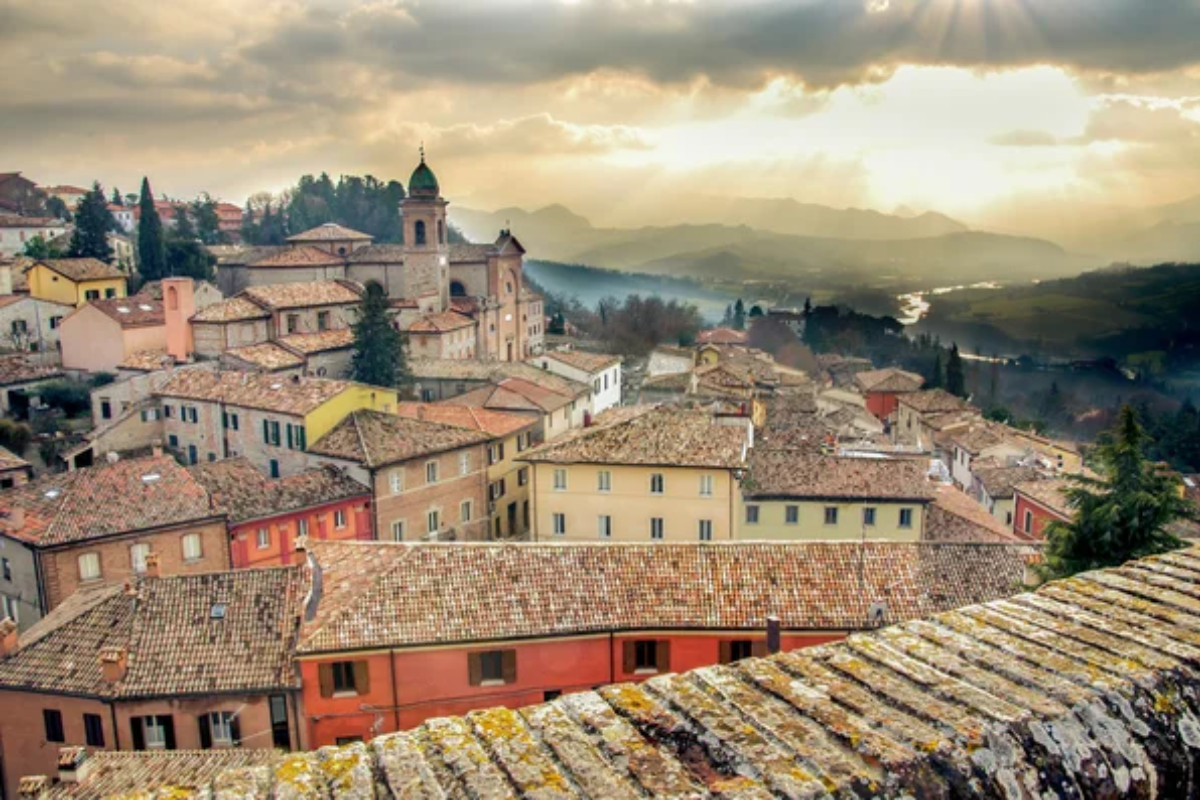
Across Emilia-Romagna and parts of Lombardy, hundreds of small dairies continue making “the king of cheeses” following exacting standards established in the 13th century. Master cheesemakers work in pairs to hand-stir enormous copper vats before pressing the curds into molds, beginning a maturation process lasting at least 12 months.
Each wheel receives regular inspections and turning by experienced cheese artisans.
Like Travel Pug’s content? Follow us on MSN.
Roquefort-sur-Soulzon, France
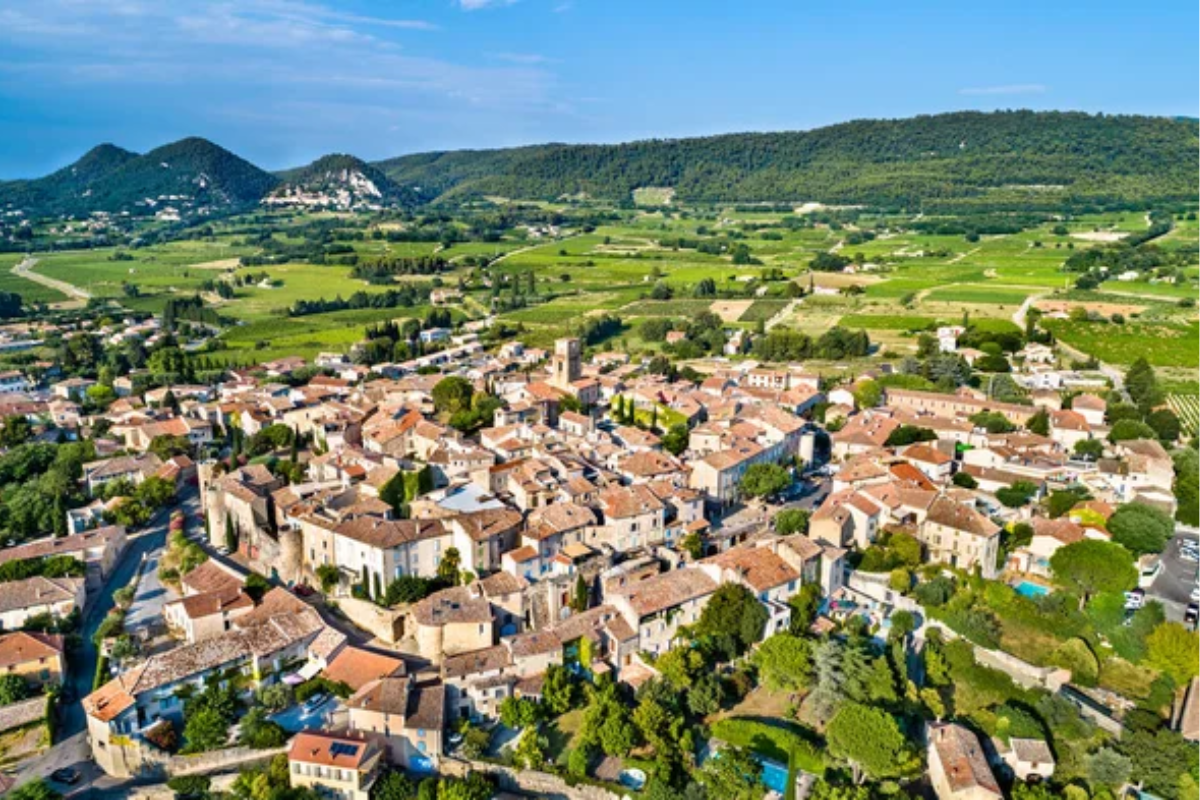
Seven small producers in this remote village maintain exclusive rights to create authentic Roquefort in natural limestone caves beneath Mount Combalou. The distinctive blue-veined cheese develops its character after producers pierce each wheel with needles and place them in these caves where naturally occurring Penicillium roqueforti mold creates the signature blue veining through a maturation process still monitored entirely by hand.
Serra da Estrela, Portugal
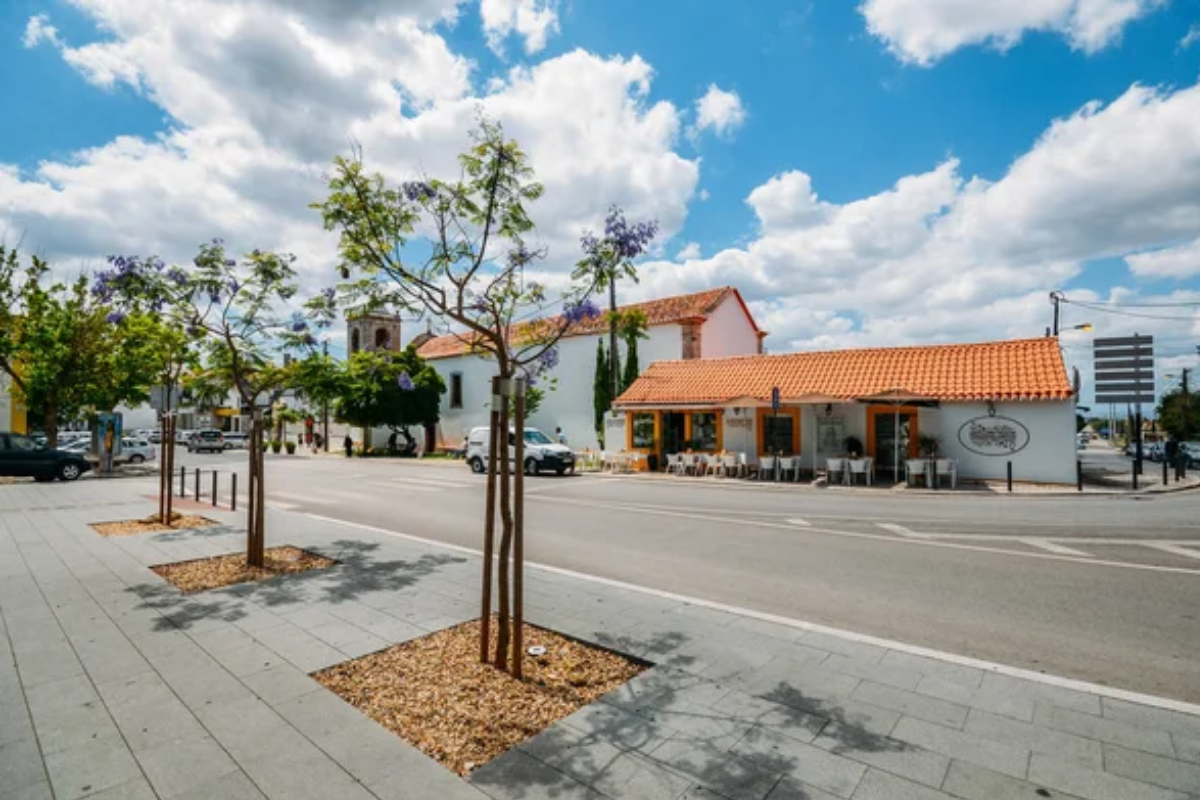
In Portugal’s highest mountain range, shepherds maintain ancient traditions, producing Serra da Estrela cheese from raw sheep’s milk coagulated with cardoon thistle rather than animal rennet. The soft cheese ages in small stone houses, wrapped in cloth bands that local women tighten by hand throughout the maturation process.
This creates a creamy texture that becomes increasingly complex over three months of careful attention.
Oaxaca Valley, Mexico
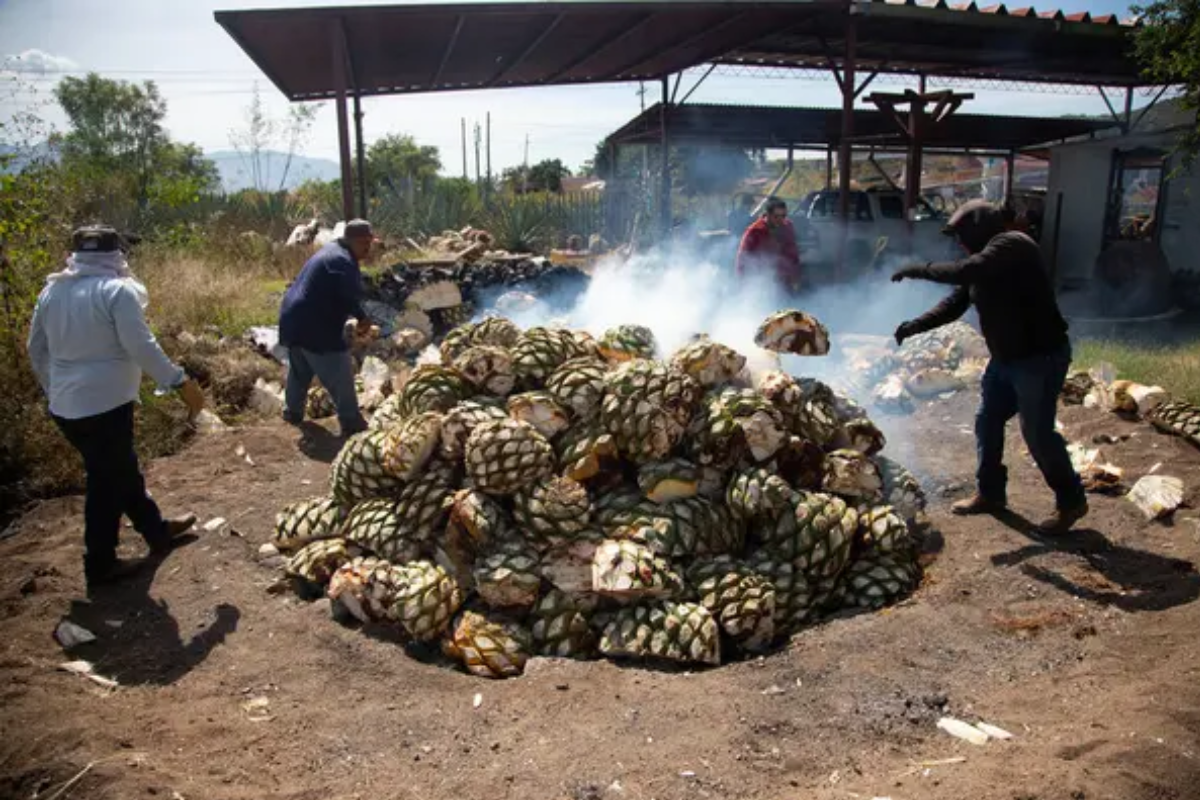
Families throughout this southern Mexican region hand-stretch Queso Oaxaca using techniques inherited from Dominican monks who adapted Italian cheese-making methods in the 16th century. The process requires exceptional skill as artisans pull and fold warm curds into shiny ribbons before cooling them in ice water and forming the distinctive round shape through a rhythmic hand-rolling technique passed down through generations.
Like Travel Pug’s content? Follow us on MSN.
Cheddar Gorge, England
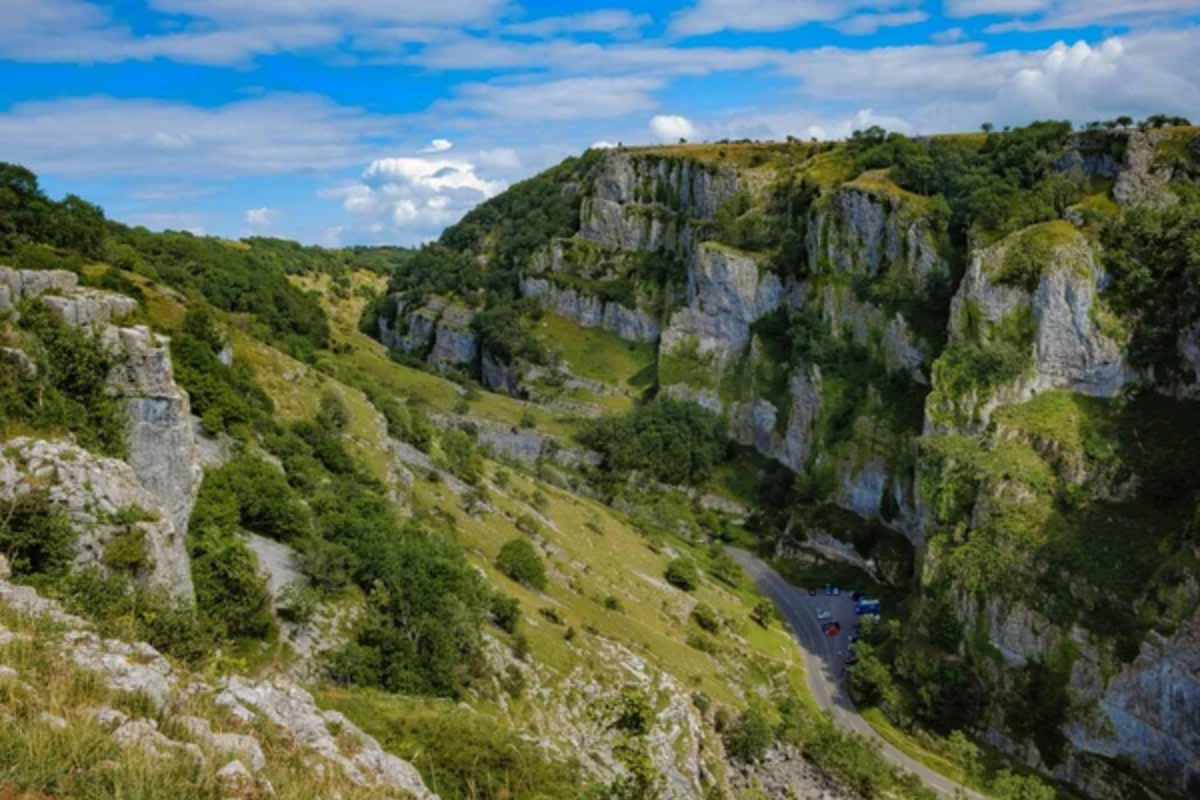
The birthplace of the world’s most widely imitated cheese still maintains traditional production in small dairies where clothbound wheels mature slowly in the same limestone caves that gave Cheddar its name. Artisans hand-turn each wheel regularly while applying lard to the cloth bindings, creating the perfect environment for complex flavors to develop during maturation periods often exceeding 18 months.
Idiazabal Region, Spain
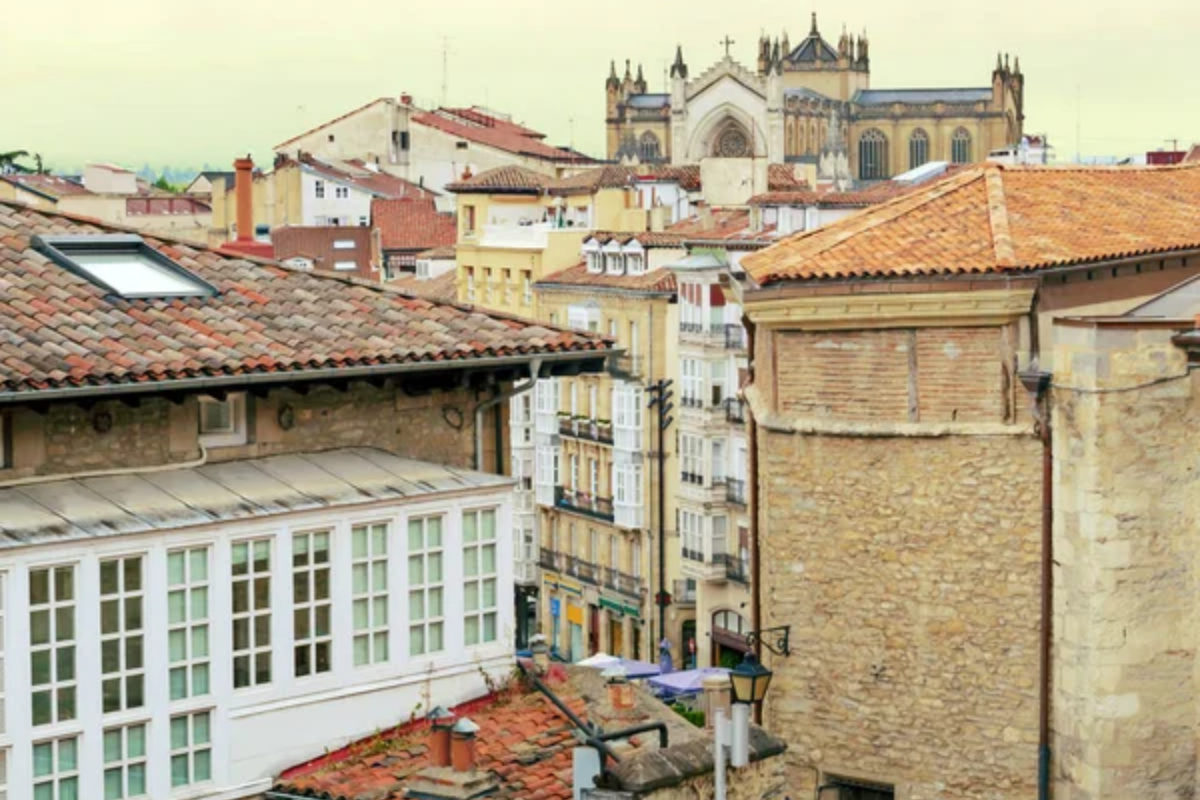
Basque shepherds in northern Spain continue making smoked sheep’s milk cheese using methods unchanged for centuries in small stone huts called txabolas. The distinctive smoking process occurs over low fires of cherry or beech wood, with each wheel turned by hand to ensure even exposure to the aromatic smoke that combines with natural cave aging to create a cheese deeply connected to this mountainous landscape.
Salers, France
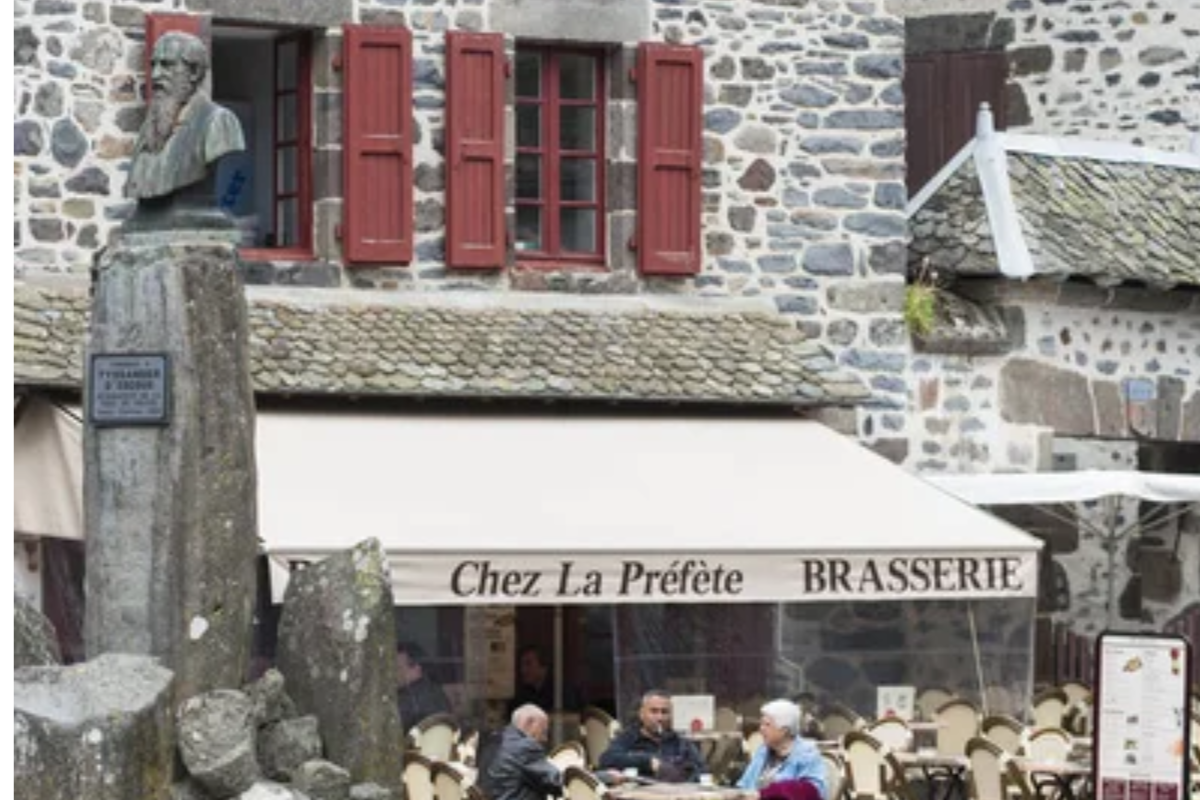
During summer months, farmers in this Auvergne village produce distinctive Salers cheese exclusively from milk drawn from Salers cattle grazing on mountain pastures above 2,500 feet. The traditional method requires wooden gerles (vats) that harbor natural bacteria essential to the cheese’s character.
Each batch is still stirred by hand using tools carved from local wood according to patterns passed down through generations.
Like Travel Pug’s content? Follow us on MSN.
Arachova, Greece
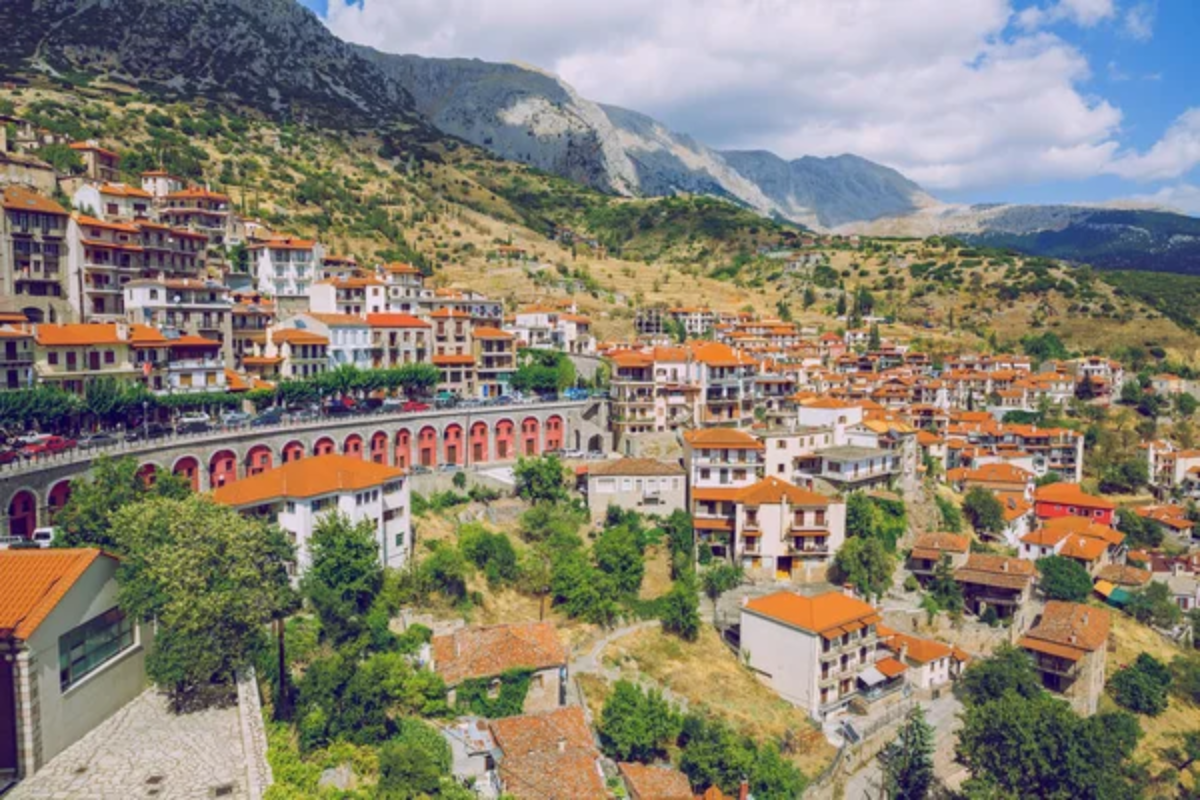
Clinging to the slopes of Mount Parnassus, this village is known for traditional Formaela cheese production using copper cauldrons over wood fires in small family dairies. Local cheesemakers still hand-press the sheep’s milk curds into wooden molds before aging each wheel in stone cellars, where they develop a distinctive peppery flavor profile deeply connected to this mountainous Greek landscape.
Isle of Mull, Scotland

On this rugged Hebridean island, a single family farm produces renowned Mull Cheddar using milk from cows fed partially on spent grain from the nearby whisky distillery. The cheese matures in stone barns exposed to Atlantic winds, developing complex flavors during a hand-monitored aging process where each wheel receives individual attention throughout its maturation journey.
Asiago Plateau, Italy
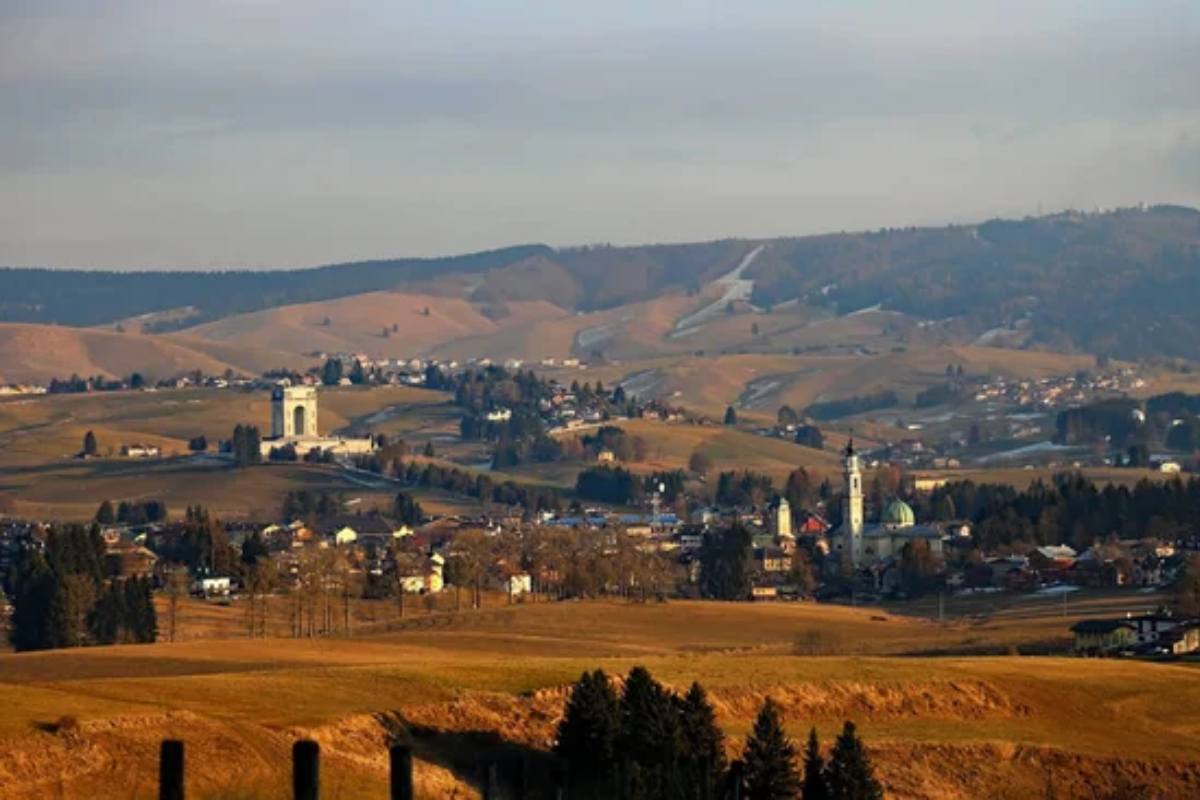
In the mountain villages of this alpine plateau, small-scale producers maintain traditional methods of making Asiago d’Allevo. They work in converted barns where copper vats hang over wood fires.
The pressed wheels mature on wooden shelves, where artisans regularly turn them by hand and wash each cheese with brine, maintaining practices that have defined this region’s cheesemaking identity since the year 1000.
Like Travel Pug’s content? Follow us on MSN.
Vermont’s Northeast Kingdom, USA

This remote corner of New England has experienced a cheese renaissance, with small farms reviving traditional methods across the mountainous landscape. Jasper Hill Farm and other artisanal producers have built modern versions of European aging caves where cheeses mature under constant human attention.
Each wheel is hand-washed and turned regularly during aging periods that sometimes exceed two years.
Tehuacán Valley, Mexico
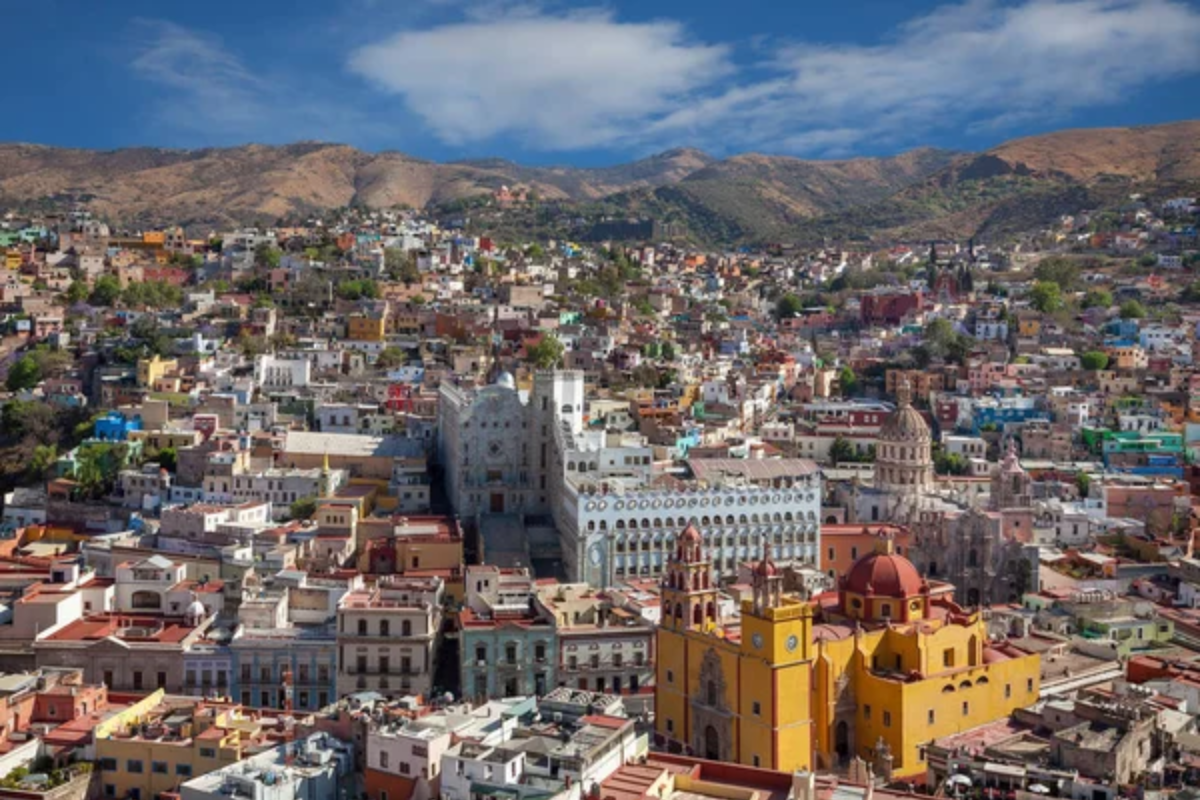
Indigenous families in this ancient agricultural region continue producing queso de prensa exactly as their ancestors did centuries before, pressing fresh cheese between carved wooden boards weighted with stones gathered from nearby riverbeds. The simple process relies entirely on hand techniques and natural fermentation, creating a direct link to pre-Hispanic food traditions that have resisted industrialization.
West Cork, Ireland
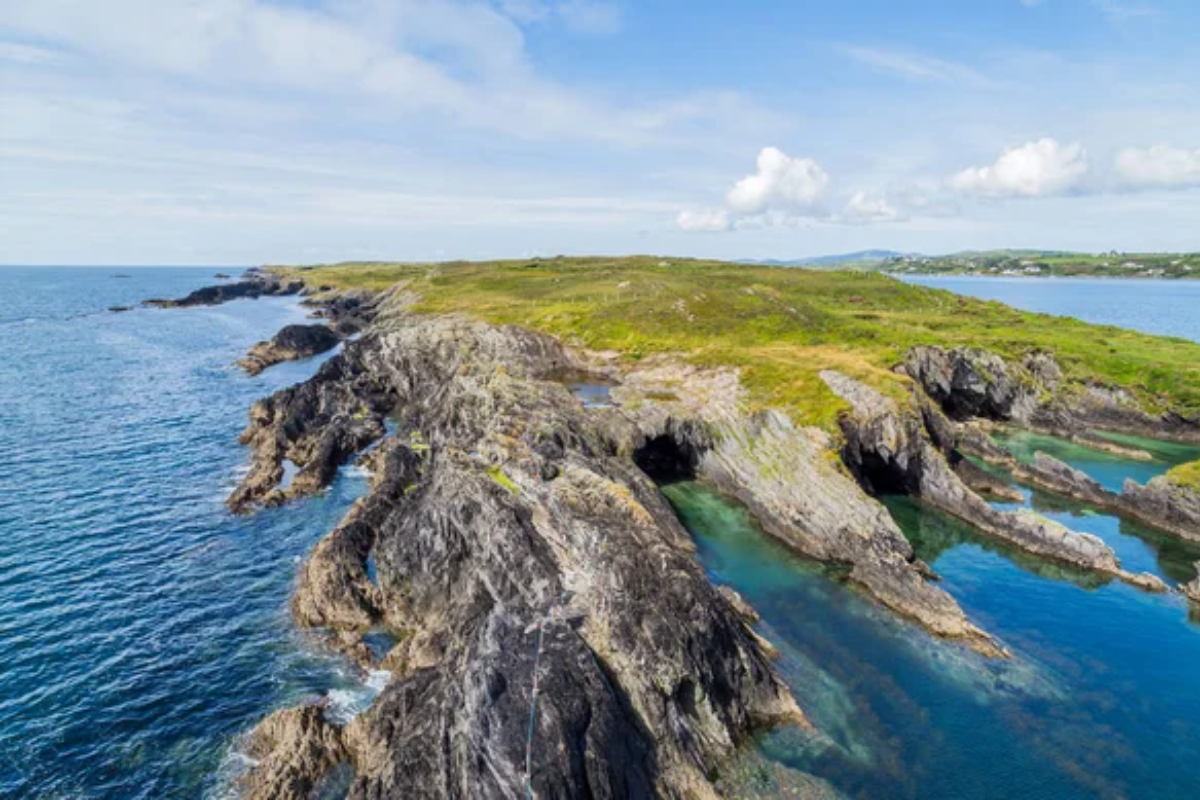
Along Ireland’s wild Atlantic coastline, a new generation of cheesemakers has revived traditional techniques with operations so small that some produce fewer than 30 wheels daily. Gubbeen Farm and neighboring artisans work entirely by hand, washing and turning each cheese throughout maturation periods in small aging rooms where sea air and local microflora contribute to flavors impossible to replicate elsewhere.
Like Travel Pug’s content? Follow us on MSN.
Zlatibor Mountains, Serbia
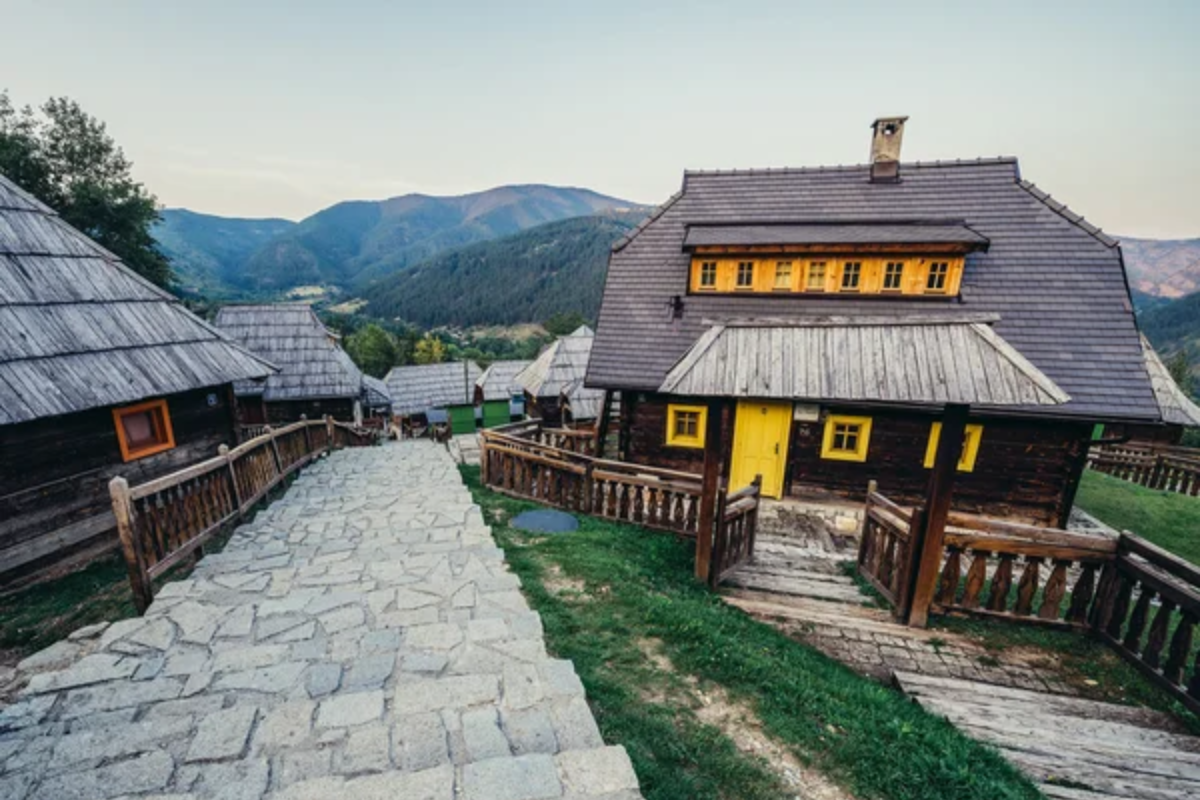
Isolated villages throughout this mountain region continue producing Zlatar cheese using methods unchanged since Medieval times. Families work together to transform raw milk in small dairy rooms attached to their homes.
The white cheese matures in pine barrels stored in stone cellars, where it’s regularly turned by hand while developing the slightly tangy flavor that has become a treasured part of Serbian cultural identity.
Robiola Villages, Italy
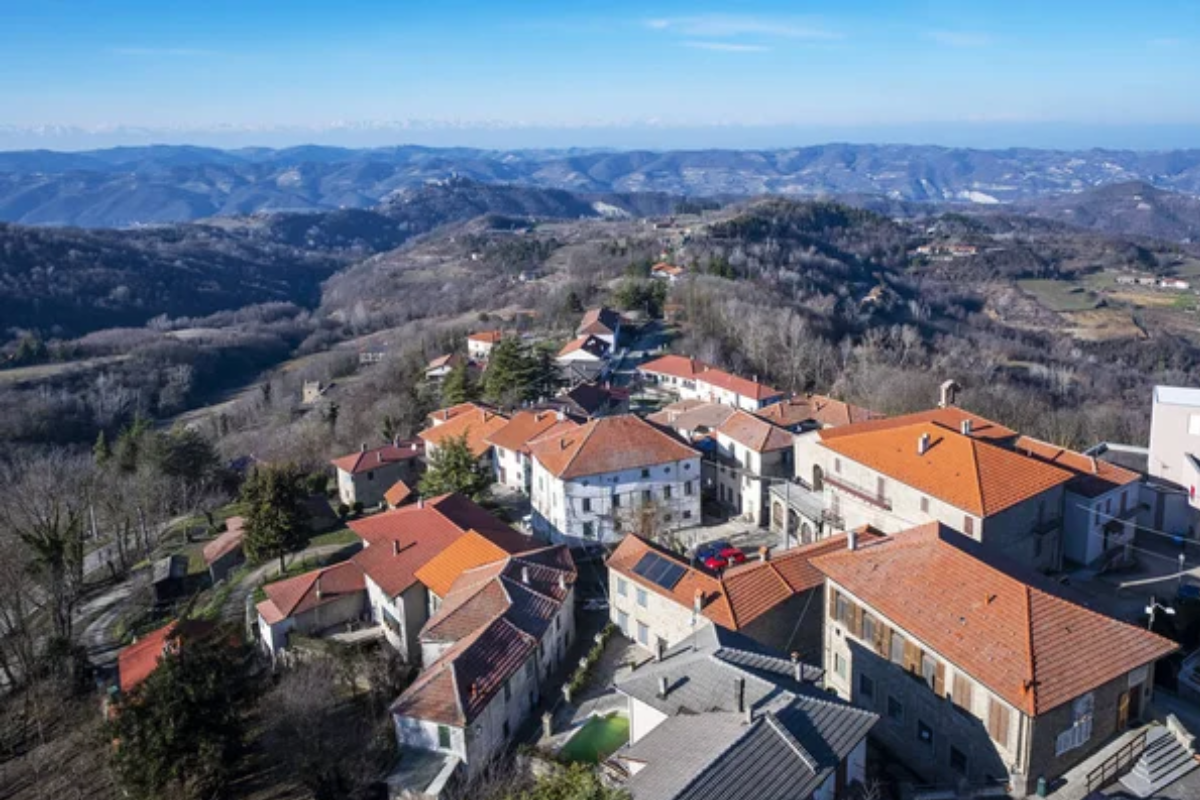
In the hills between Turin and Alba, families produce distinctive Robiola cheese in small batches within their homes, often using milking parlors and aging spaces that have been in continuous operation for generations. The soft cheeses develop their bloomy rinds in cool cellars where artisans monitor each small disk daily, adjusting humidity and temperature through traditional methods rather than modern technology.
Tel Sheva, Israel
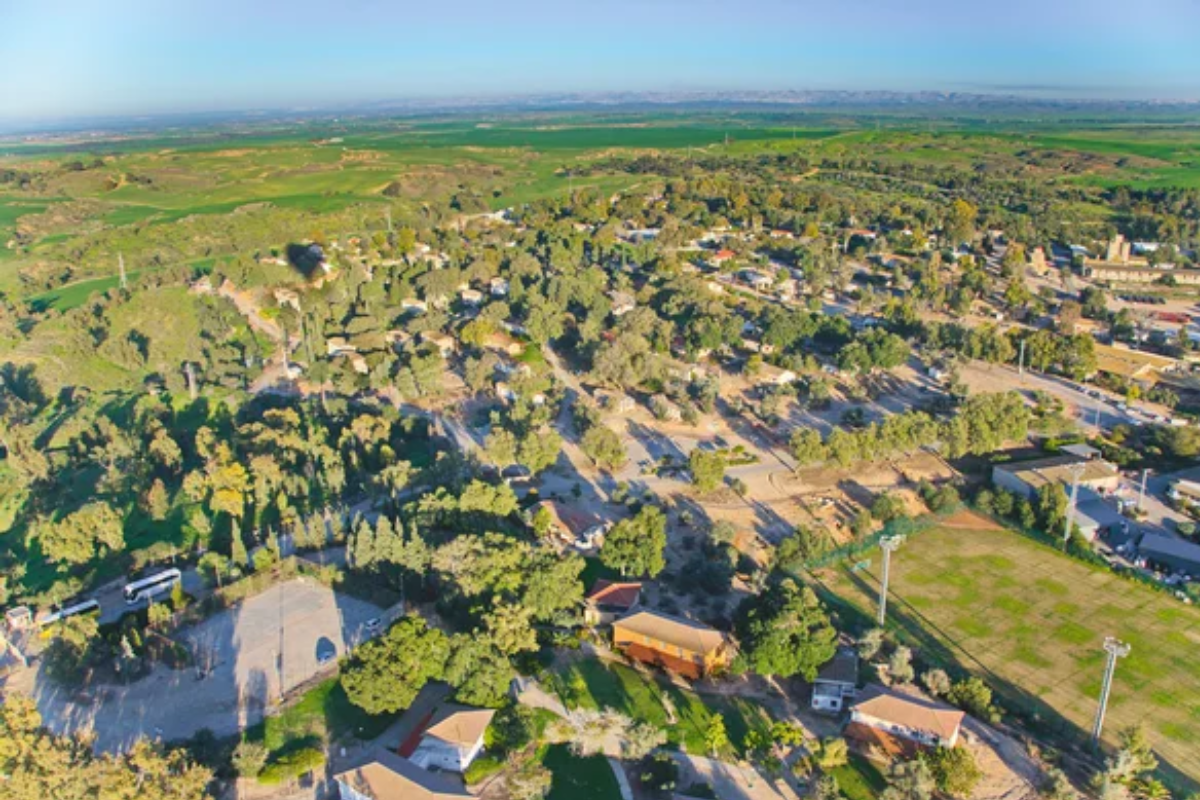
Bedouin women maintain ancient traditions of producing salt-cured sheep’s milk cheese in copper vessels over open fires at the edge of the Negev Desert. The technique relies on knowledge passed matrilineally through generations, with each family maintaining subtle variations in the hand-pressing techniques that expel whey from the cheese before drying it in the desert sun.
Like Travel Pug’s content? Follow us on MSN.
Ulukışla, Turkey
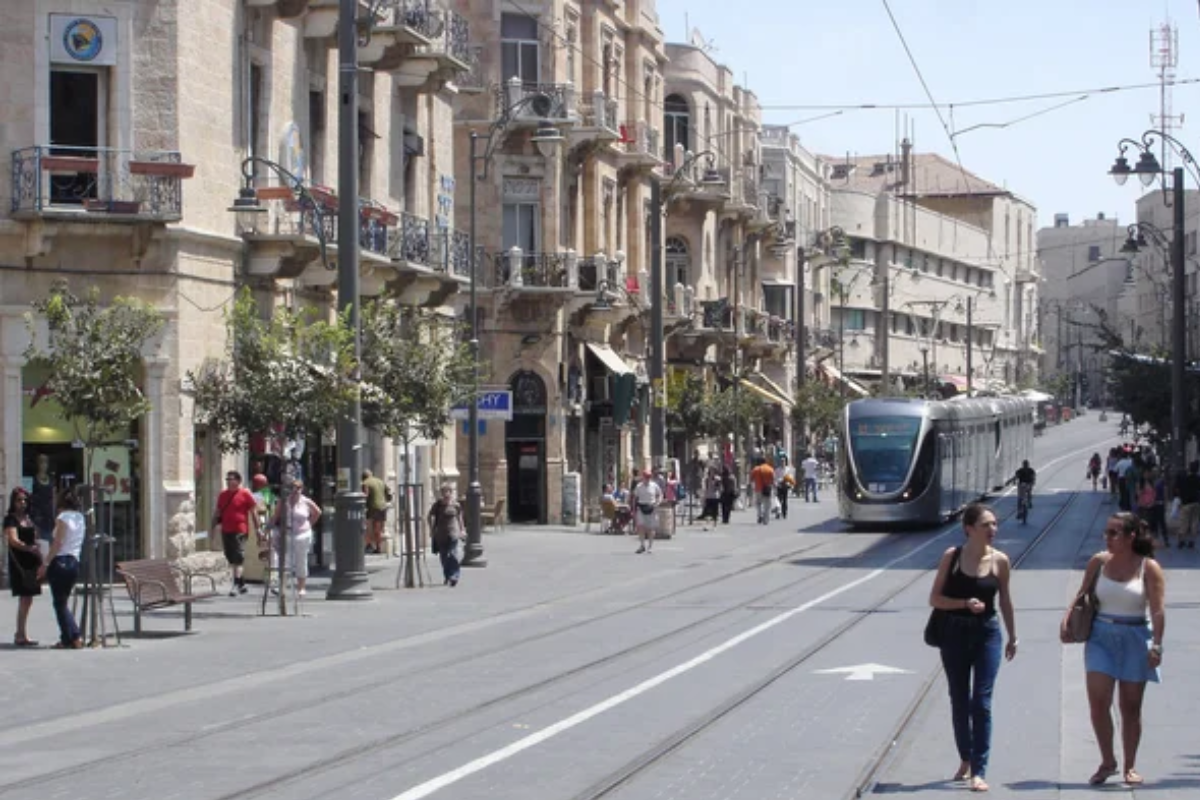
Mountain villages in this central Anatolian region continue the traditional production of tulum cheese, which matures inside handmade goatskin bags in cool caves beneath family homes. The crumbly cheese develops remarkable complexity during its three-month aging period, with each family closely guarding their specific techniques for hand-cutting, salting, and packing the cheese into the distinctive animal skin containers.
Fogo Island, Newfoundland
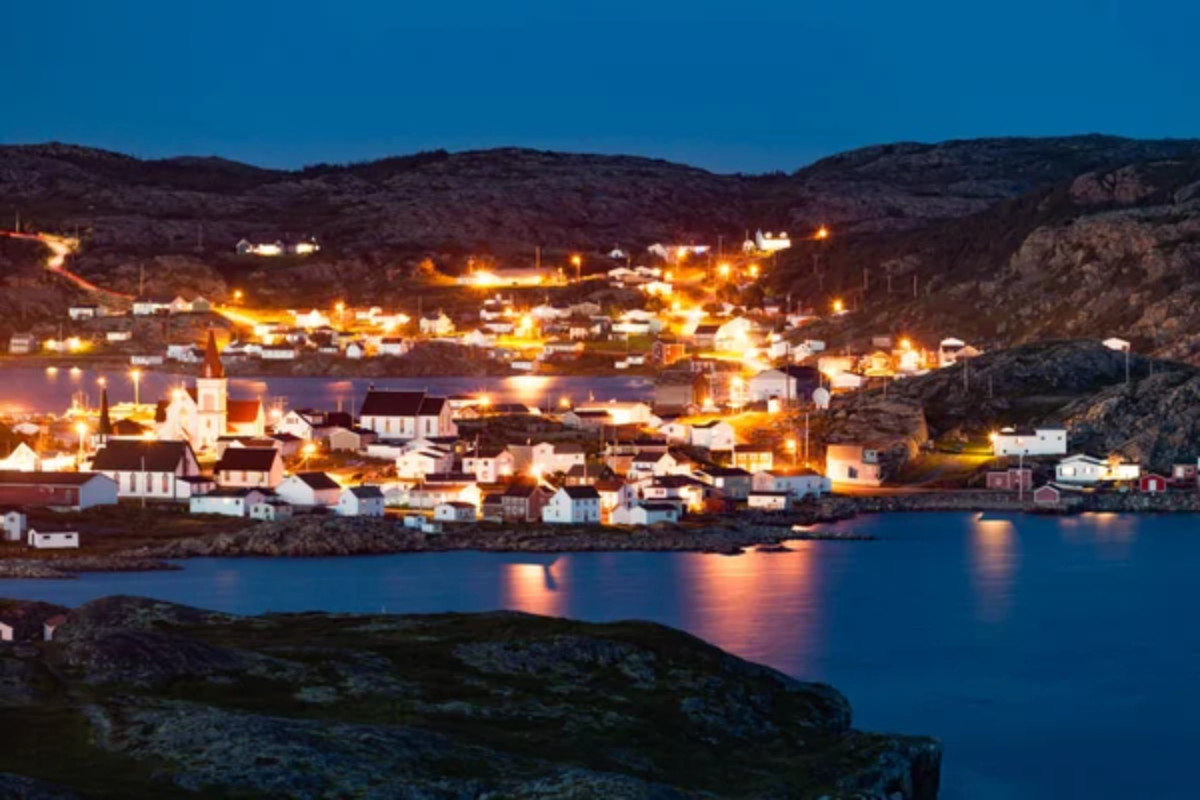
On this remote Canadian island, residents have revived nearly lost techniques for making traditional washed-rind cheeses once common throughout Atlantic maritime communities. Using milk from the island’s small herd of heritage cattle, artisans work in converted fishing sheds, where wheels mature on spruce boards harvested from the island’s interior, creating a cheese that captures the essence of this distinctive landscape.
Bregenzerwald, Austria
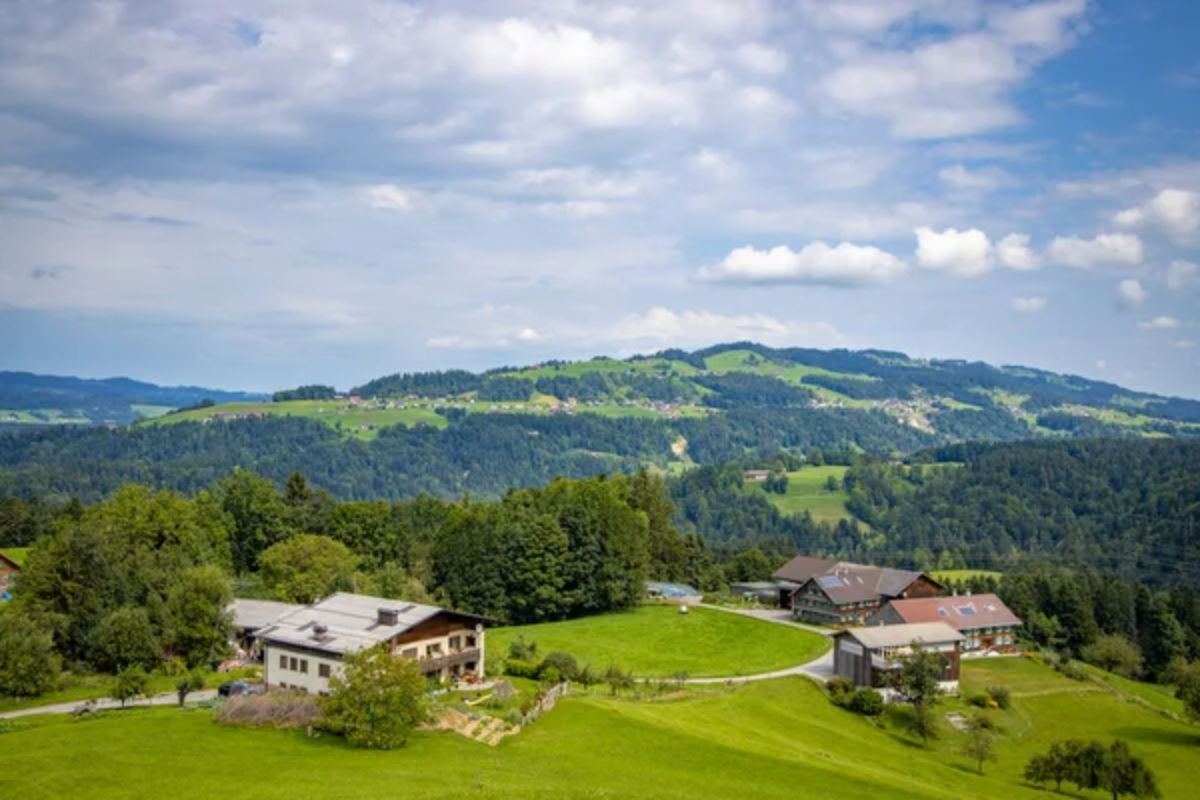
This verdant Alpine valley maintains centuries-old cheese traditions through a cooperative system uniting small family farms. Village sennerei (dairies) still produce Bergkäse in copper kettles over wood fires, with master cheesemakers judging curd readiness by touch rather than thermometers.
During summer months, some farmers continue the ancient practice of transhumance, moving cattle to high Alpine meadows where cheese is made in simple wooden huts before being transported to valley aging cellars for months of attentive hand-turning.
Like Travel Pug’s content? Follow us on MSN.
Legacy in Every Bite
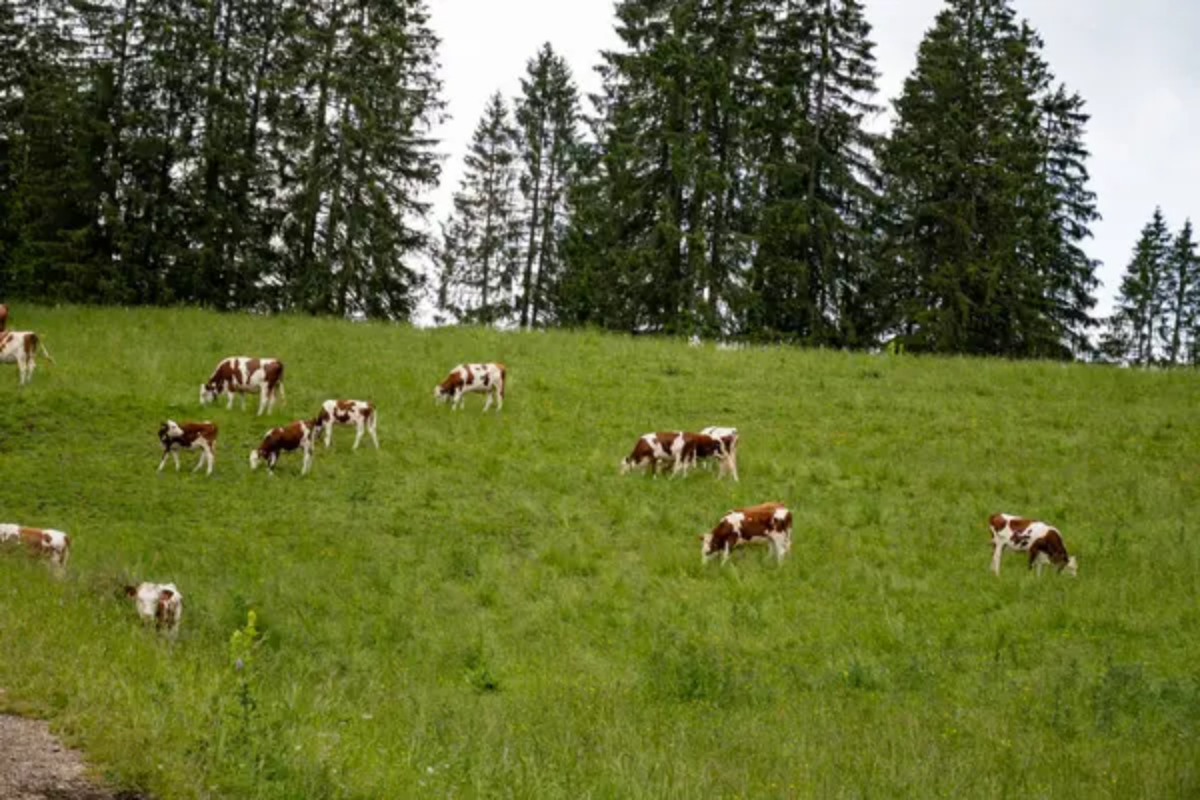
These cheesemaking regions offer more than exceptional flavors—they provide living connections to cultural heritage, where food becomes an expression of place and tradition. Each cheese tells a story about specific landscapes, animals, and generations of human knowledge passed through hands that understand fermentation as both science and art.
In a world increasingly dominated by standardized production, these traditional cheesemaking communities stand as delicious reminders that some foods deserve the time and attention that only human hands can provide.
More from Travel Pug

- 20 Towns Built for One Purpose That Were Later Abandoned
- 15 Hidden Spots in Disney World’s Magic Kingdom Most Visitors Miss
- 20 Once-Popular Beach Towns That Are Now Ghostly Empty
- 15 Canyons in the U.S. That Are Just as Stunning as the Grand Canyon
- 10 Under-the-Radar Mountain Towns That Are Both Affordable and Beautiful
Like Travel Pug’s content? Follow us on MSN.
